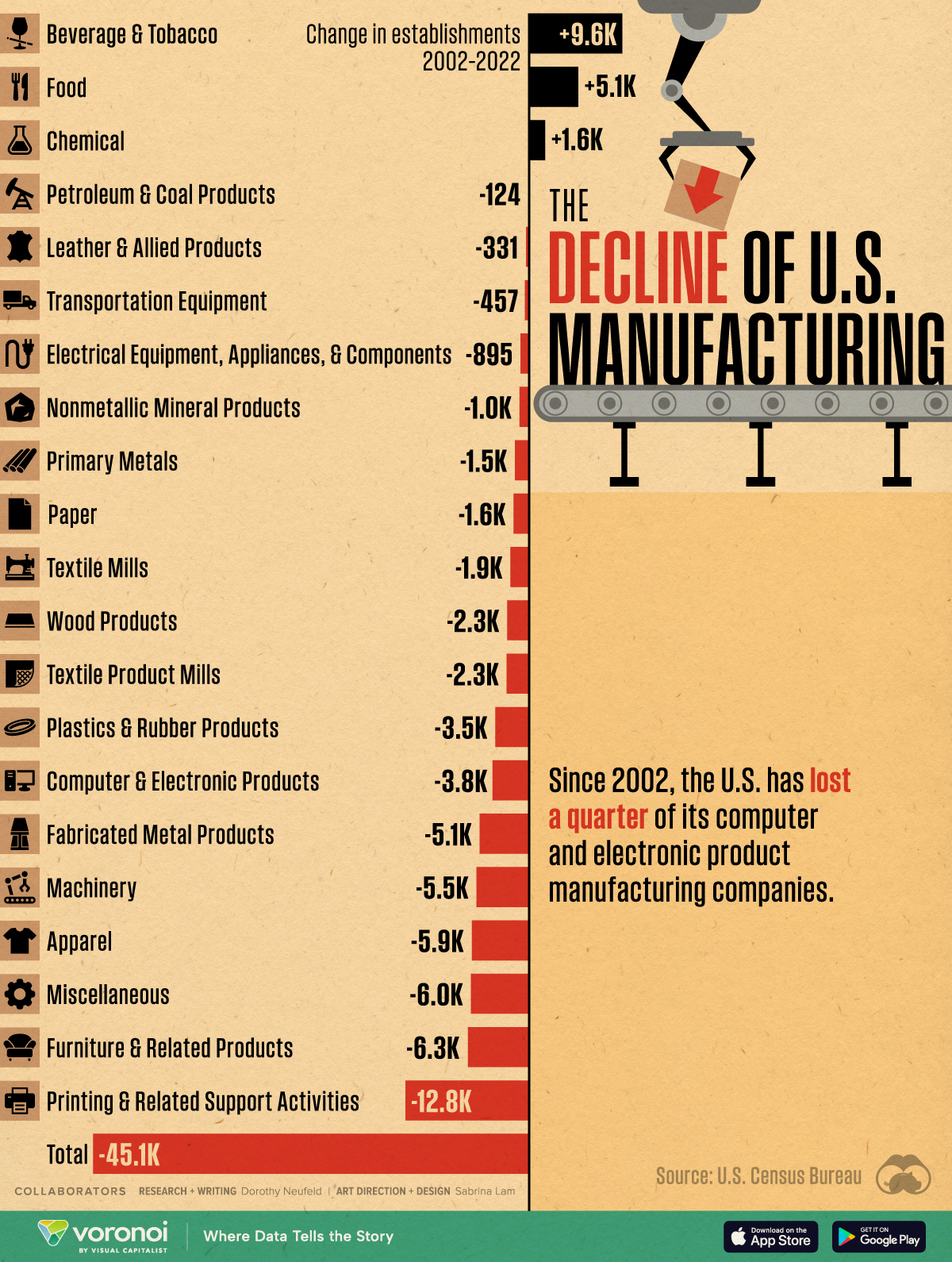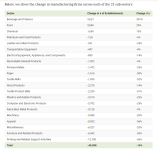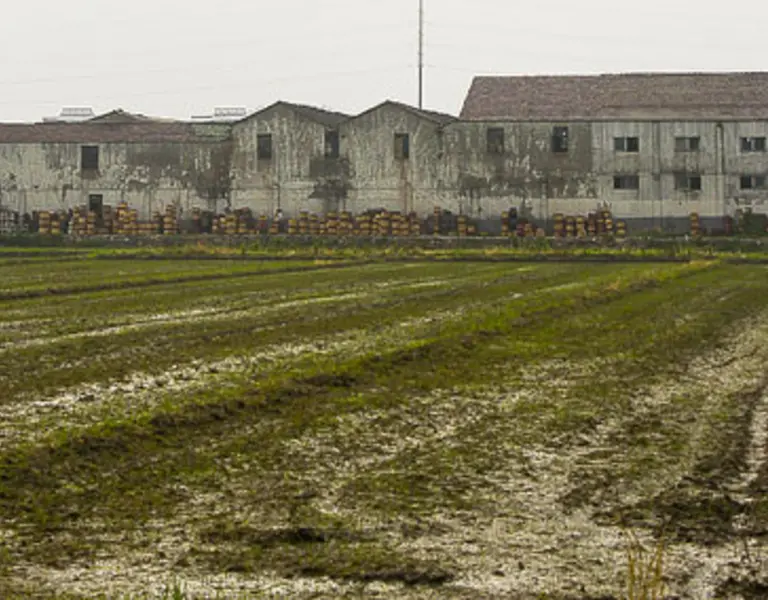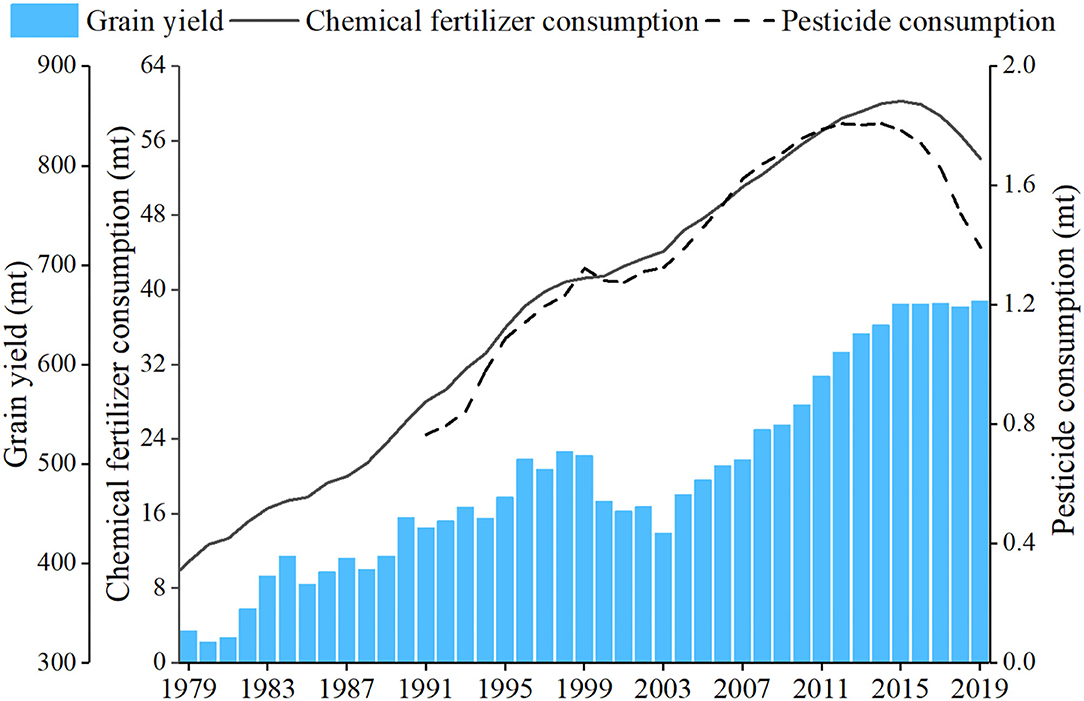Beijingwalker
Elite Member
- Nov 4, 2011
- 76,533
- 104,133
- Country of Origin

- Country of Residence

Visualizing the Decline of U.S. Manufacturing, by Sector (2002-2022)
August 28, 2024By Dorothy Neufeld

The Decline of U.S. Manufacturing, by Sector
Between 2002 and 2022, the U.S. lost more than 45,000 manufacturing firms amid evolving global trade dynamics.
While the U.S. was the world’s leading manufacturer up to 2010, production has fallen $2.4 trillion behind China as of 2022. Factors such as trade liberalization, including the North American Free Trade Agreement, and China’s accession to the World Trade Organization in 2001, have contributed to a significant shift in the U.S. industrial base over the past few decades.
This graphic shows the decline in the number of manufacturing firms by sector over the last 20 years, based on data from the U.S. Census Bureau.
Shrinking Number of Manufacturing Firms

Overall, the number of U.S. manufacturing firms has shrunk by 14% over 20 years, with 50% or higher drops in the apparel and textile mills sectors.
Amid factory closures across nearly all manufacturing sectors, employment has dropped to 13 million workers as of January 2023, down from its 1979 peak of 19.5 million workers. Today, manufacturing jobs make up roughly 10% of the U.S. private sector workforce.
While manufacturing productivity growth excelled during the 1990s and 2000s, it has lagged over the last decade. Over a third of this slowdown was due to the computer and electronics sector, which was a major driver of productivity growth in previous decades, particularly in semiconductor chips. Since 2002, the number of computer and electronic manufacturing firms has decreased by a quarter.
Similarly, other durable manufacturing sectors like machinery and primary metals (such as steel and aluminum), saw double-digit declines in the number of firms. Despite these closures, U.S. durable goods exports hit a record $1 trillion in 2023, accounting for 63% of all manufacturing exports.
By contrast, beverages and tobacco is one of three sectors with positive growth, driven by the boom in seltzer waters, kombuchas, craft breweries, and craft cocktails. Since 2002, the number of firms has jumped by 351%, adding 9,627 establishments in total.










